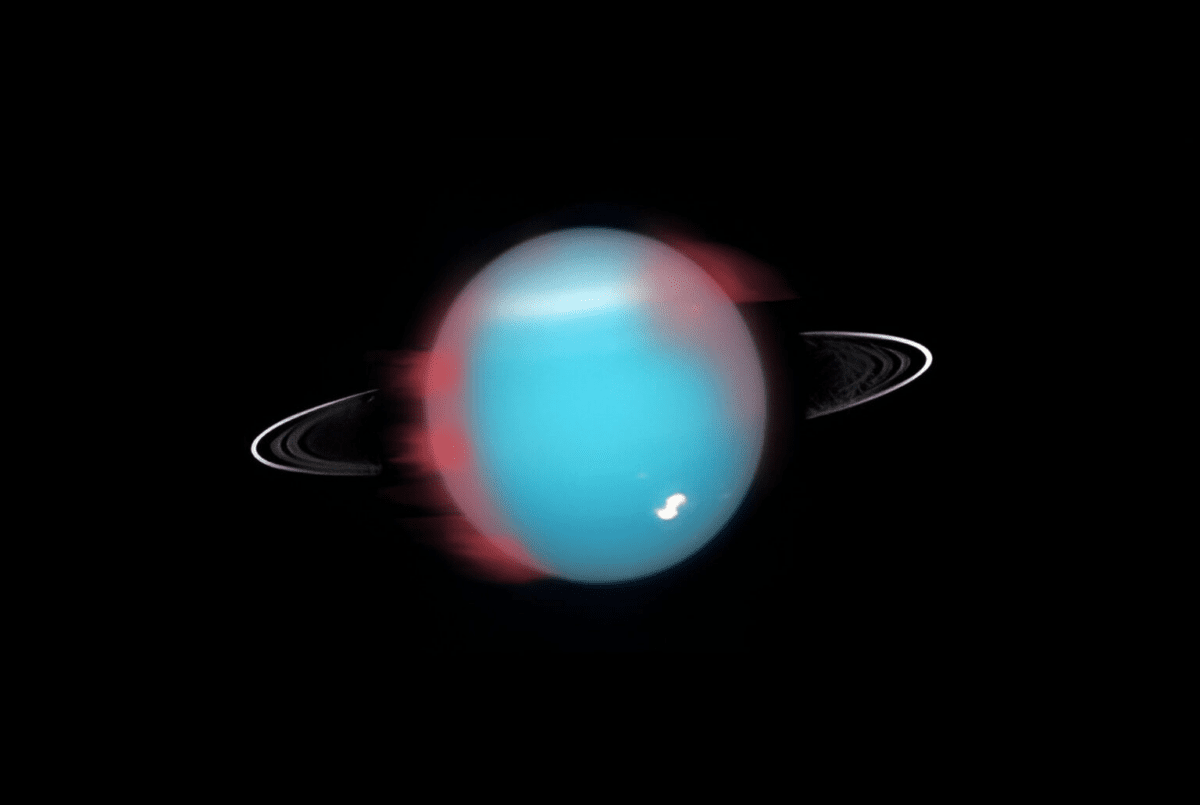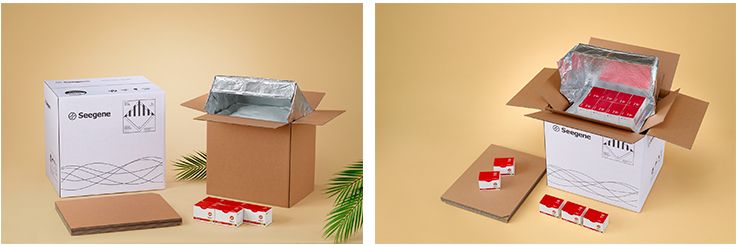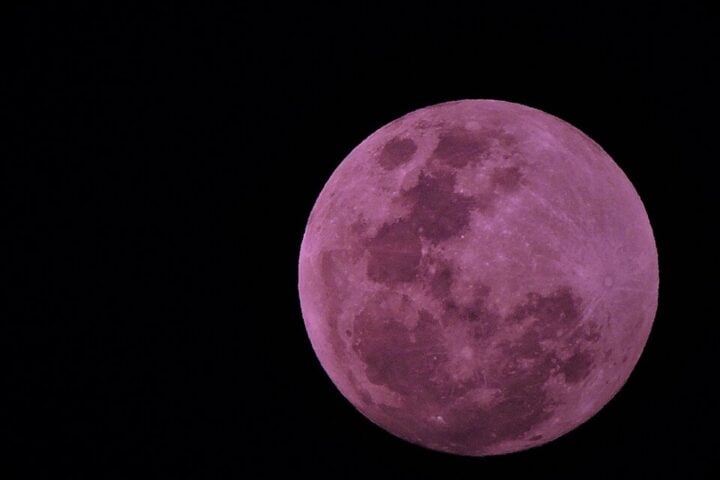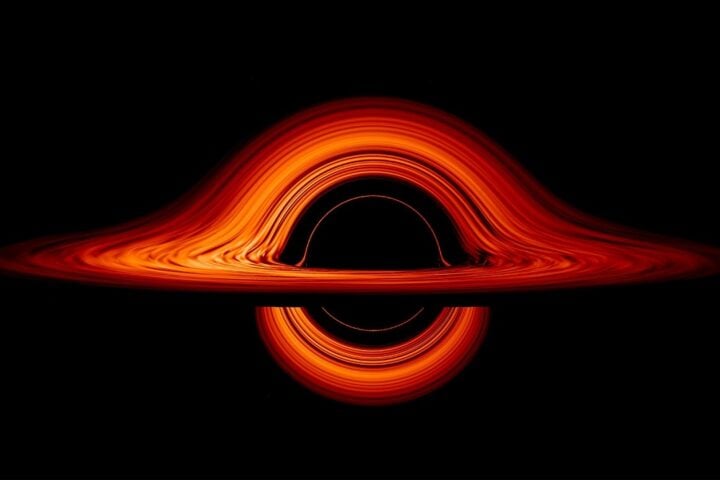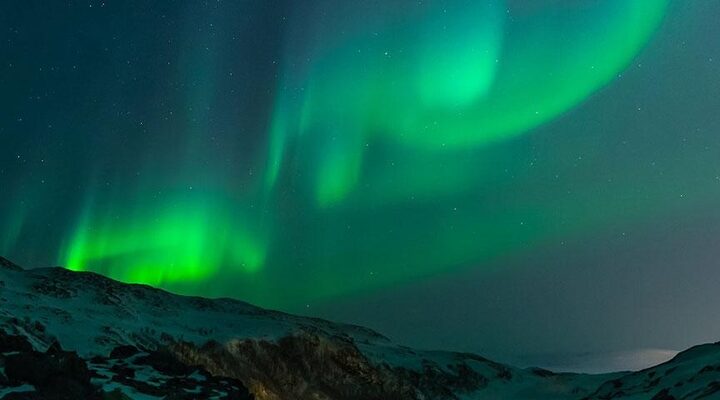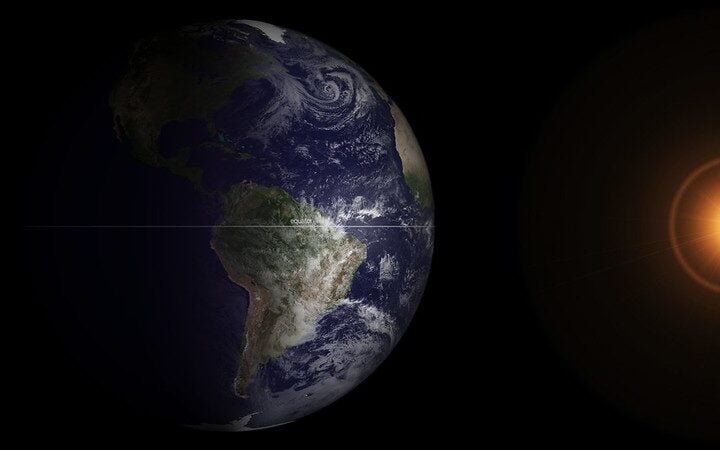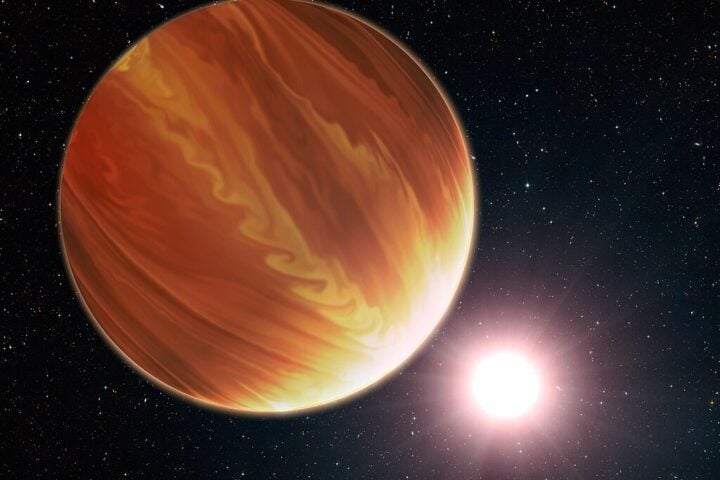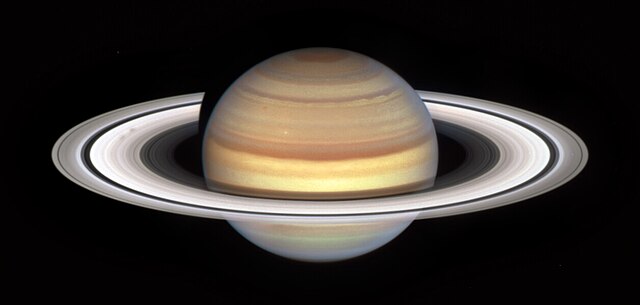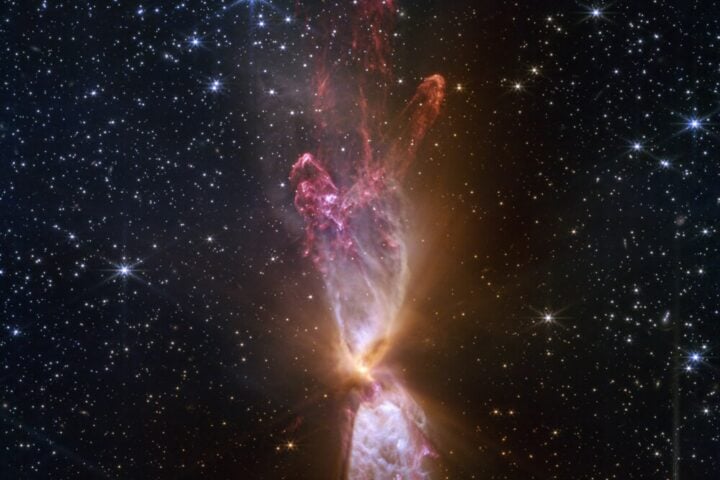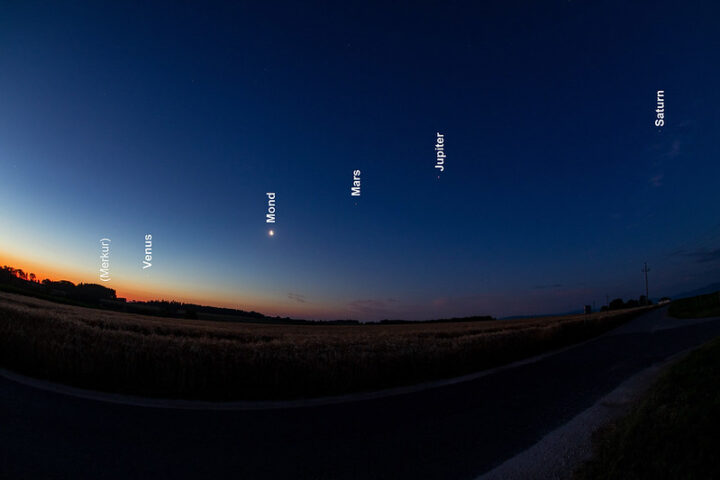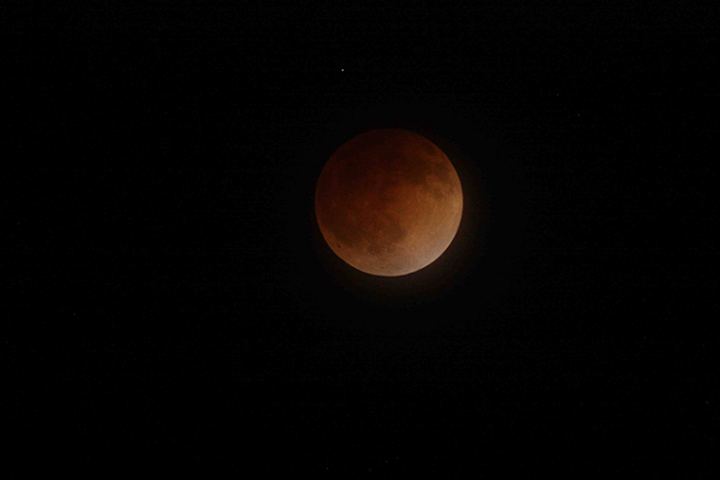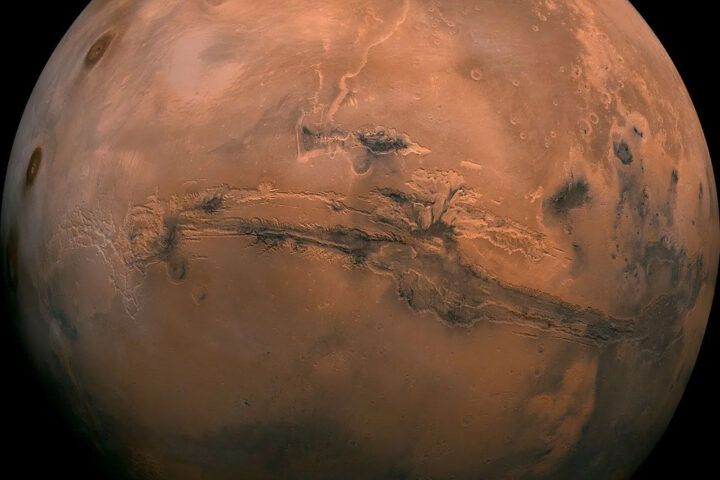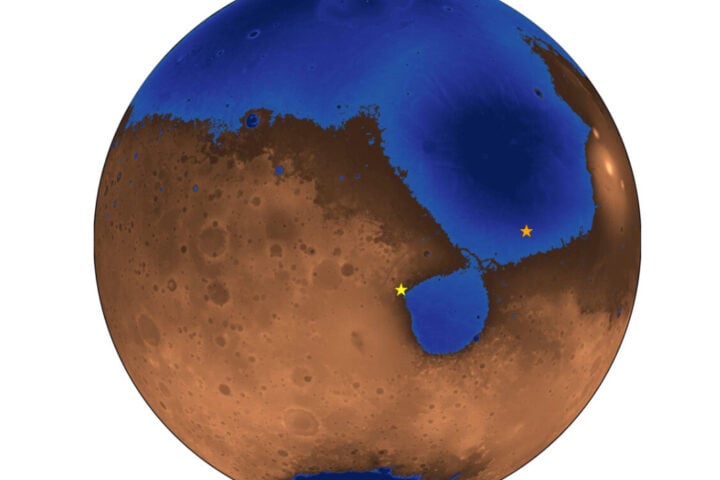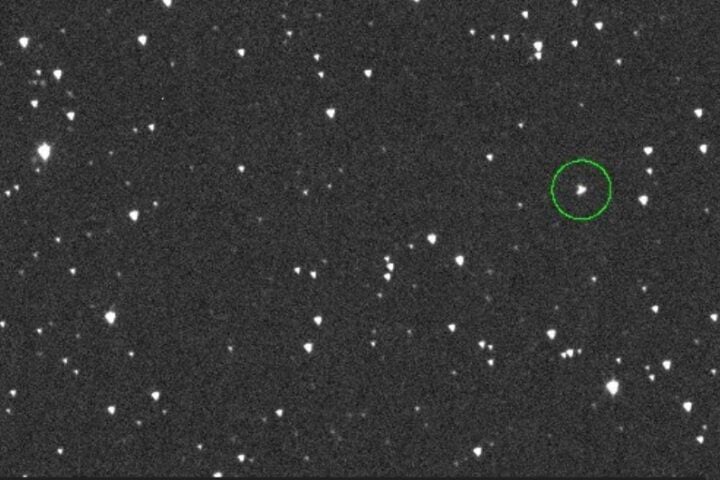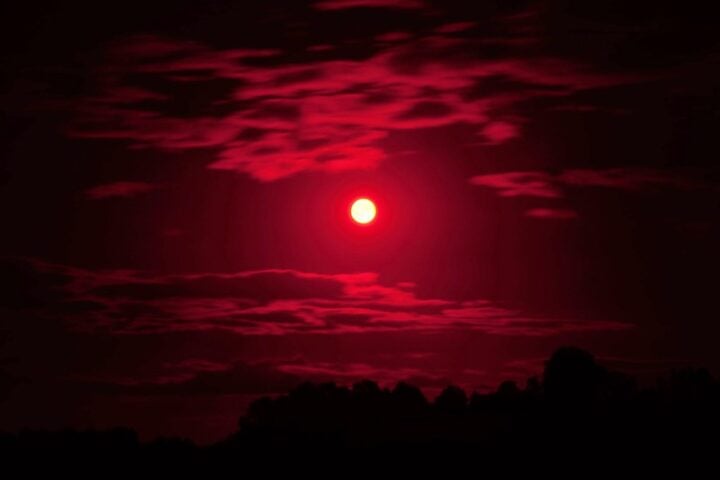On 26 October 2023, the stargazers at the University of Leicester had a “Eureka!” moment – they spotted an infrared aurora on Uranus. This isn’t just any discovery; it could be the key to understanding the magnetic puzzles of our solar neighborhood. Moreover, it might even give us clues about life on far-off planets.
The Infrared Chase The big brains behind this, backed by the STFC, have been chasing this infrared aurora on Uranus since 1992. We’ve known about Uranus’s UV light show since 1986, but this infrared one? It’s been playing cosmic hide-and-seek. All the juicy details? They’re in the latest edition of Nature Astronomy.
Magnetic Mysteries Fun fact: Uranus and Neptune, our local ice giants, have these wonky magnetic fields that don’t line up with their spin. Why so wonky? That’s the million-dollar question, and this aurora might just have the answer. Aurorae are like nature’s fireworks, happening when charged particles have a party with a planet’s atmosphere. Here on Earth, we get the Northern and Southern Lights – total bucket list material. But on gas-heavy planets like Uranus, the light show goes infrared, so it’s invisible to our eyes.
The Tools of the Trade The team used the Keck II telescope, a real beast of a scope, to catch this elusive light. They looked at the light Uranus was giving off, kind of like scanning a cosmic barcode. In nerd speak, the brightness of the H3+ particle tells us about its temperature and where it hangs out in the atmosphere. And guess what? There’s a lot more H3+ partying up there, thanks to this infrared aurora.
Similar Posts
Expert Insights Emma Thomas, the star student leading this, said, “All the gas giants, including Uranus, are way hotter than they should be if just sunbathing.” She’s betting that this supercharged aurora is the space heater behind it. Interestingly, most of the new planets we’re finding out there are kinda like Neptune and Uranus. So, by studying this aurora, we’re getting a sneak peek into the lives of these distant cousins and if they could host life. Emma added, “This paper is the culmination of 30 years of auroral study at Uranus, which has finally revealed the infrared aurora and begun a new age of aurora investigations at the planet. Our results will go on to broaden our knowledge of ice giant auroras and strengthen our understanding of planetary magnetic fields in our solar system, at exoplanets and even our own planet.”
Magnetic Flip-Flops and Beyond And there’s a bonus: this research might help us understand Earth’s occasional magnetic flip-flops. Uranus does this magnetic switcheroo every day because, well, it’s Uranus. If we keep our eyes on Uranus’s aurora, we might learn about Earth’s future magnetic mood swings. For those diving deep, the Nature article titled “Detection of the infrared aurora at Uranus with Keck-NIRSPEC” is a treasure trove. We’ve been trying to spot this infrared aurora since the 90s, but it’s been super sneaky. Uranus’s magnetic field? It’s like that one puzzle piece that just won’t fit – off-center and tilted.
Decoding the Aurora When Voyager II did a flyby in 1986, it left us with more questions than answers about these lights. H3+ emissions? They’re like the Rosetta Stone for understanding the aurorae on Jupiter and Saturn. We first met H3+ on Uranus in 1992 and have been trying to get to know it better ever since. Fast forward to 5 September 2006: the Keck II telescope caught H3+ in action, hinting at the aurora. The team zoomed in on five specific H3+ signals to get the full picture. They noticed the H3+ brightness changed with Uranus’s day-night cycle, showing some hotspots. These hotspots, named E1 and E2, are like the VIP sections of this auroral party. The average temperature they clocked in at? A sizzling 585 ± 25 K, which matches older records.
The Cosmic Conclusion Bottom line: this research is a game-changer for understanding Uranus’s light shows. And remember, by understanding Uranus, we’re getting one step closer to unlocking the secrets of our cosmic backyard and beyond.
